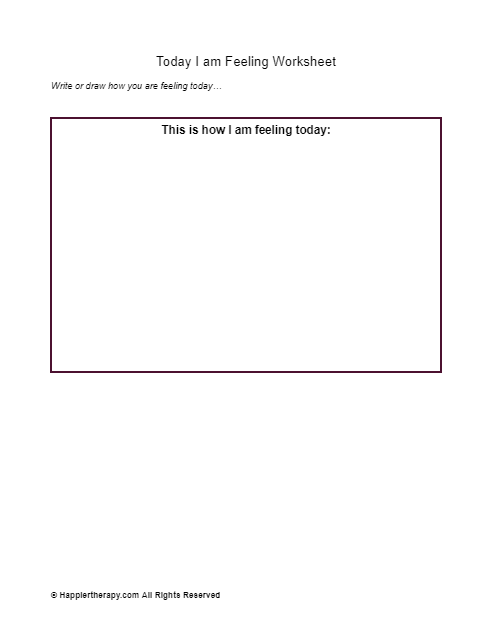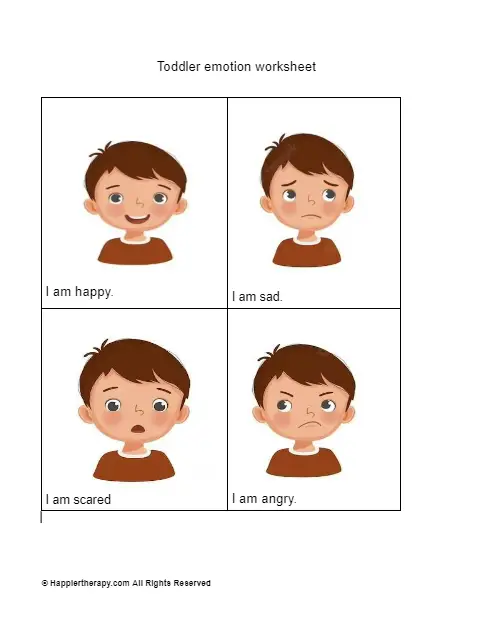Understanding emotions for kids
Premium Content
Access this worksheet and 2,500 mental health worksheets. Cancel anytime
What is the theory behind this worksheet for understanding emotions for kids?
The theory behind the worksheet for understanding emotions for kids is likely based on the concept of emotional intelligence, which involves the ability to identify, understand, and manage one’s own emotions, as well as the emotions of others. This type of worksheet is typically used as a tool to help children learn about emotions and develop their emotional intelligence by providing them with a framework for recognizing and labeling different feelings. The worksheet may also include activities that encourage children to reflect on their emotions and practice expressing them in healthy and appropriate ways
Unlock deeper healing — upgrade to Premium now!
Customizable and fillable worksheets
Rights to alter the worksheets
Over 2000 worksheets
Support HappierTherapy
How will the worksheet help?
The worksheet for understanding emotions for kids can help in several ways:
- Improving emotional literacy: The worksheet helps children identify and name different emotions, improving their emotional literacy and awareness.
- Developing empathy: By understanding and labeling their own emotions, children can better understand the emotions of others and develop empathy.
- Enhancing communication: Children can learn to communicate their feelings effectively and improve their ability to understand and respond to others’ emotions.
- Managing emotions: The worksheet can teach children coping strategies for managing their emotions and help them learn to regulate their emotions in a healthy way.
- Building self-awareness: The worksheet encourages children to reflect on their emotions and experiences, helping to build their self-awareness and emotional intelligence.
Overall, the worksheet for understanding emotions for kids can be a valuable tool for helping children develop emotional intelligence, enhance their interpersonal skills, and lead a more fulfilling life.
How to use the worksheet?
The worksheet is easy to use. Instructions:
- On the first column, write the names of different emotions (e.g. happy, sad, angry, scared, etc.).
- On the second column, draw a picture to represent each emotion.
- On the third column, write a sentence to describe each emotion (e.g. “Happy is feeling good and joyful”).
- Once you’ve completed the worksheet, take some time to reflect on how you’re feeling. Pick one or two emotions from the list that best describe your current emotions.
- Draw a picture of yourself showing the emotions you picked in the second column.
- Write a sentence about how you’re feeling in the third column (e.g. “I’m feeling happy because I just finished a fun activity”).
- Repeat the process every day or whenever you feel like it, to help you get better at recognizing and understanding your emotions.
Was this helpful?
References
1.-
Helping kids identify emotions worksheets. (2021, December 13). Woo! Jr. Kids Activities : Children’s Publishing. https://www.woojr.com/helping-kids-identify-emotions-worksheets/

 By
By


